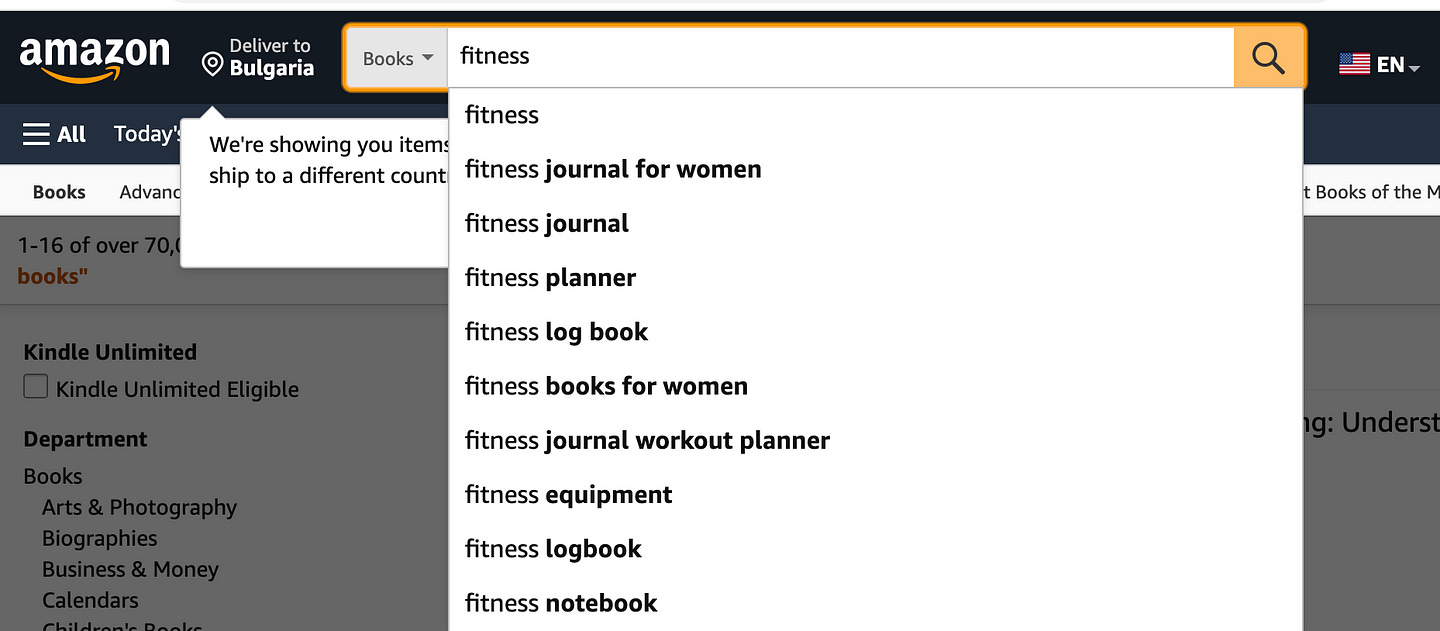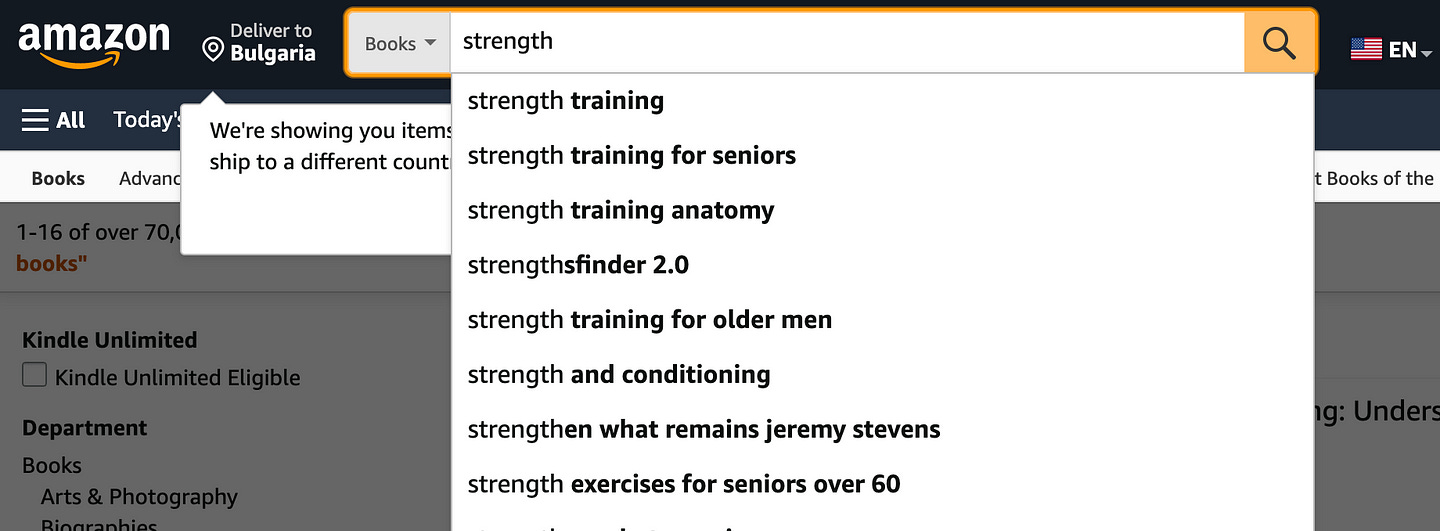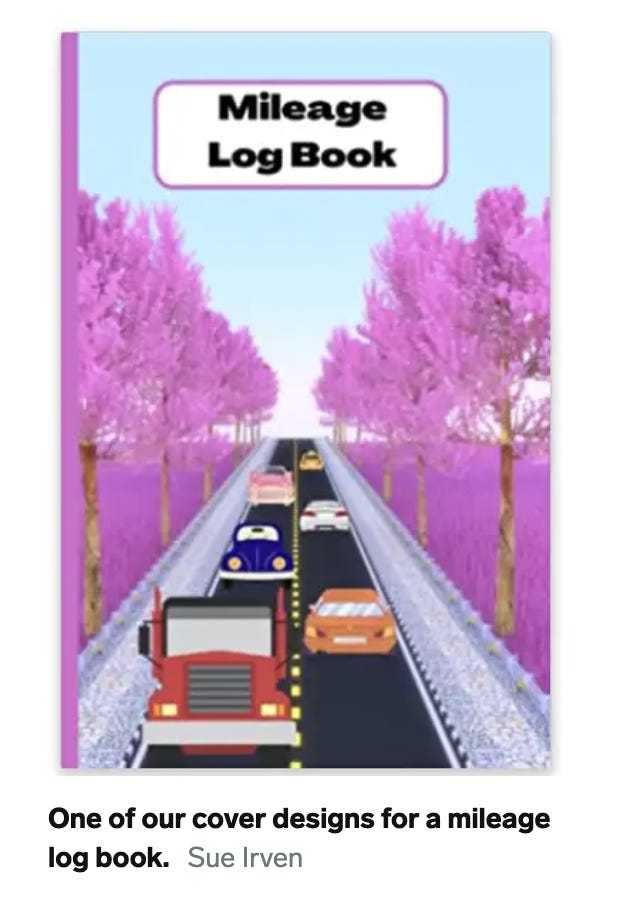When Sue Irven and her husband got laid off in 2020 because of the pandemic, they were worried but relieved.
“I was overworked at a dead-end job making $10 per hour, and my husband was a contract driver delivering medicine to nursing homes 6 days a week.” — Sue shares in her interview for Business Insider.
So they tried to start a business online — but they had no idea what kind of a business.
In any case, with $0 income and bills to pay, they needed something that didn’t require a big initial investment and could start bringing in money immediately.
After a few failed attempts, they got interested in self-publishing on Amazon KDP.
Amazon Kindle Direct Publishing is a self-publishing platform that allows anyone to sell books to the Amazon audience, and gives you full control over content, design and pricing.
Most writers fail at making meaningful sales on KDP, but Sue’s results were impressive right from the start. Since Sue wasn’t a writer, she decided to sell low-content books, like journals, planners and travel logs.
“I started making sales within my first month with only 10 designs. Now, we make $5,000 to $10,000 per month on average, and our highest profiting month so far brought in $17,000 in profit.”
Even if you’re not looking to become a full-time writer / KDP publisher, you can expand your business and supplement your income by offering:
Relevant e-books as a way to spread your message further.
Business merchandise to promote your brand and help your audience achieve their goals: journals, planners, etc.
But how do you achieve these levels of success? Let’s explore.
Secret to Success: How to use KDP to grow your business
In today’s newsletter, you’ll learn:
The 3 key factors for KDP success.
The software tools successful KDP publishers use to research and create highly profitable books. For paid subscribers only.
How to create new or tailor existing books for search success (video walk-through). For paid subscribers only.
The 3 key factors for KDP success.
Factor 1: Think like a publisher.
Many solopreneurs approach their business as artists. They:
Create what they want to create.
Focus on making it amazing.
Don’t do in-depth marketing research.
Don’t pay enough attention to distribution.
Feel silly selling themselves.
Your qualities as an artist are important and admirable, but we live in a crowded world. You have to learn to get out of your own skin and think bigger. Think like a publisher who needs to sell your writing, not just like a writer.
Did you notice that Sue Irvin wasn’t a writer, yet she achieved amazing success on a writers’ platform? It’s because she thought like a businesswoman.
Once you adopt this perspective, you’ll start coming up with ideas about how to create and distribute your art so it reaches a wider audience. Don’t let your conscious mind talk you out of these ideas!
Put yourself out there and you’ll win.
Factor 2: Find a starving crowd
“Your job is to find that “starving crowd” who can’t live without what it is you have to offer.” — Dan Kennedy, legendary copywriter
If you want to make sales on Amazon, you have to give the people what they want.
This doesn’t mean you need to change what you do — you just need to invest time in research to discover exactly what to offer.
Let’s say you’re a fitness coach. You type in “fitness” in the search bar of Amazon and you get:
Would you look at all these ideas for products you can create and sell on Amazon? You can also offer them to your existing audience directly.
Keep in mind that the research process of successful sellers goes a bit deeper. I’ll explain more in the following sections.
But what if you want to offer an actual book and not a journal? Say, the same fitness coach may decide to write something about strength training. Here’s what we get:
Now, you know exactly what people want. Instead of writing a random book on strength training, you can write one for men over 60, boost your chances of success, and even attract a new audience to your business.
“Before we create new items designs, we make sure our products are aligning with what keywords Amazon customers are searching for to maximize our chance of sales. For example, if we search “notebooks,” and see that floral notebooks are the top hits at the moment, we’ll plan our designs accordingly.” — Sue Irvin
Factor #3: Make it easy
If writing a book or designing a journal sounds overwhelming, you’re approaching it the wrong way.
I know because I’ve been there. A few years ago, I had an idea for a journal that would help people draft their novels. To create it, I hired a designer, talked to 10 printing houses, and spent over $1000 to get 50 books and try to sell them.
By the end, I was exhausted, didn’t have money for ads, and ended up using half of them myself.
Now, things are so much easier (and cheaper).
“We use a third-party program called Canva to create all of our covers and interior pages — one of the great things about doing KDP our way is that you don’t need to have any artistic ability.” — Sue Irvin
Use Canva to help you with the design; use AI to help you structure and write your book (you should edit it, of course) or hire someone on Fiverr to deal with the details.
Then you upload your book to KDP and Amazon prints it on demand at the moment of sale.
Congrats! You’re on your way to becoming a KDP bestseller. If you want to go all the way, read on!
The software tools successful KDP publishers use to research and create highly profitable books.
During my research for this newsletter, I stumbled upon two software tools that impressed me.
No wonder they power the KDP business of multiple Amazon best-sellers. They could also make it super easy for you to start or grow your one-person publishing company.
Keep reading with a 7-day free trial
Subscribe to Smarter Solopreneurs to keep reading this post and get 7 days of free access to the full post archives.







